.svg)
Requirements



- Real iPhone/iPad, preferrably jailbroken
- Virtual iOS device

- Real android devices. preferrably rooted
- Android virtual devices running on host machine
- Using emulators like Genymotion
- Using Corellium platform for virtual test devices
.svg)
Setting Up Mobile Penetration Testing Environment Using Mobexler

The first step is to download the Mobexler OVA file and importing it as a virtual machine using virtualization softwares like VrtualBox or VMware etc.





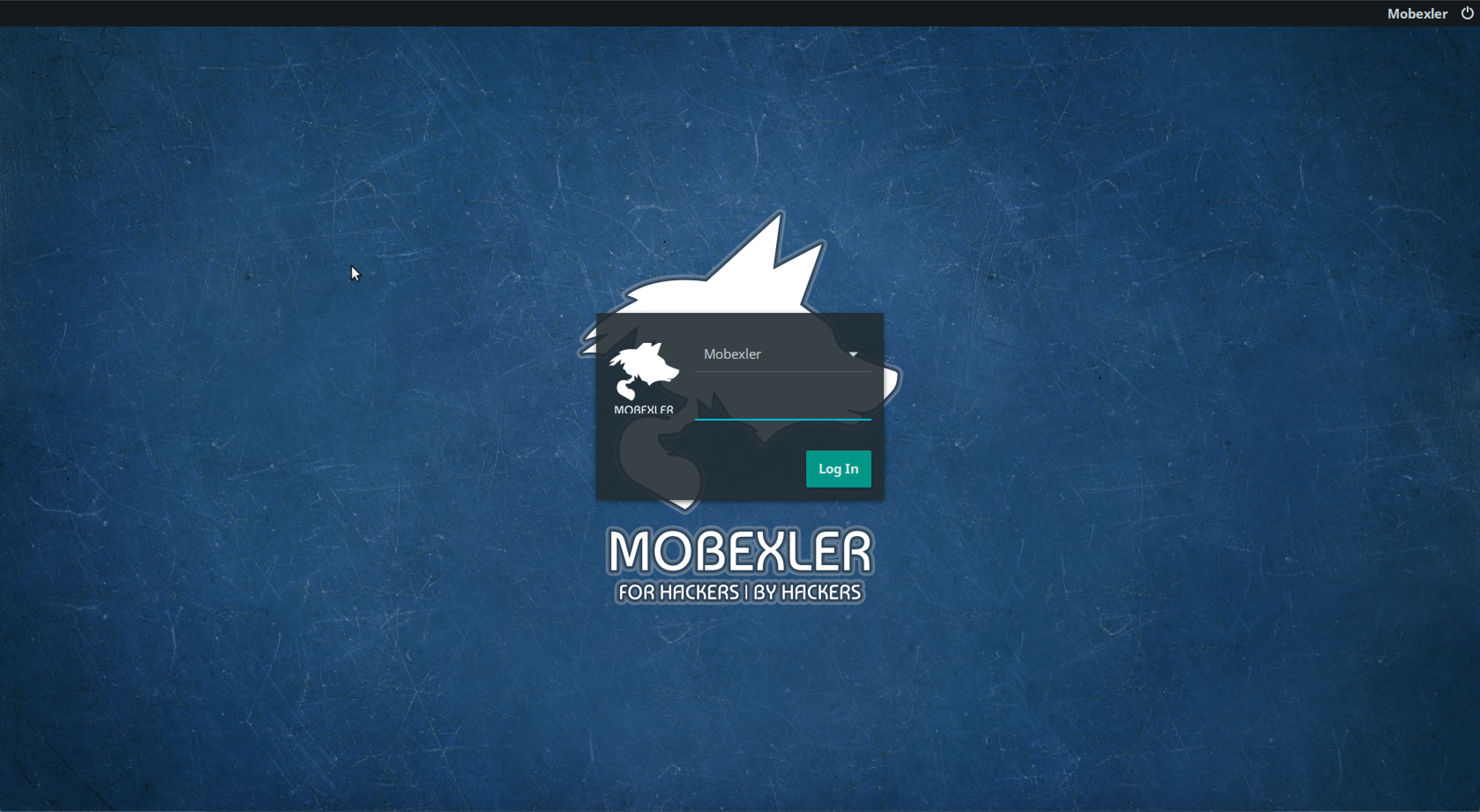

Note: Mobexler comes preinstalled with Android Studio. But because of the limitation of running an ARM based emulator inside the virtualbox, the emulator becomes extremely slow (10 times slower). Due to this reason, we strongly suggest setting up the lab using Genymotion as the emulator, or using any real android device as the test device.
Connecting Android Physical Device With Mobexler

Using Virtualbox

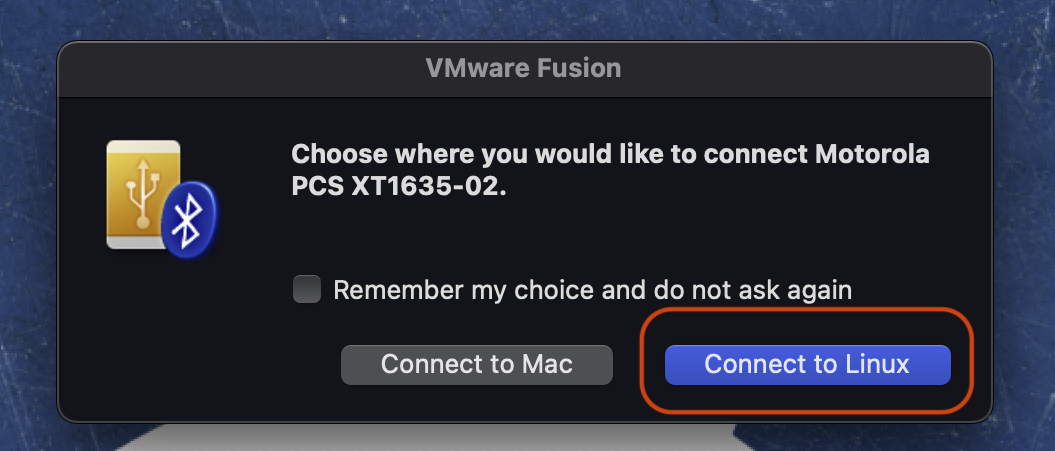


.svg)
Connecting iOS Physical Device With Mobexler

Using Virtualbox


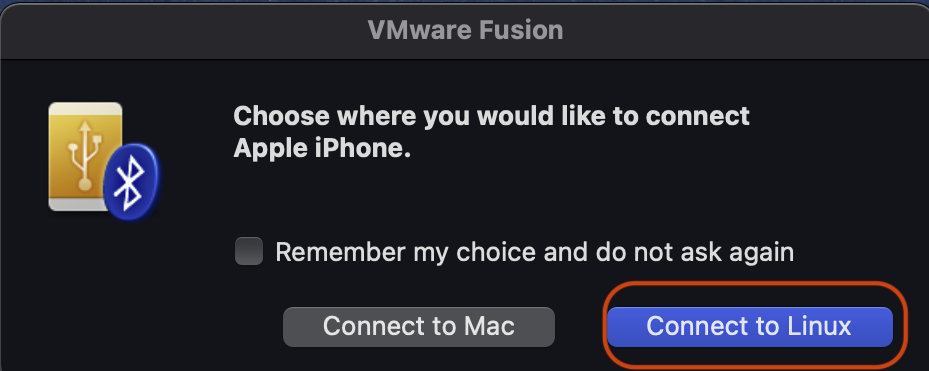

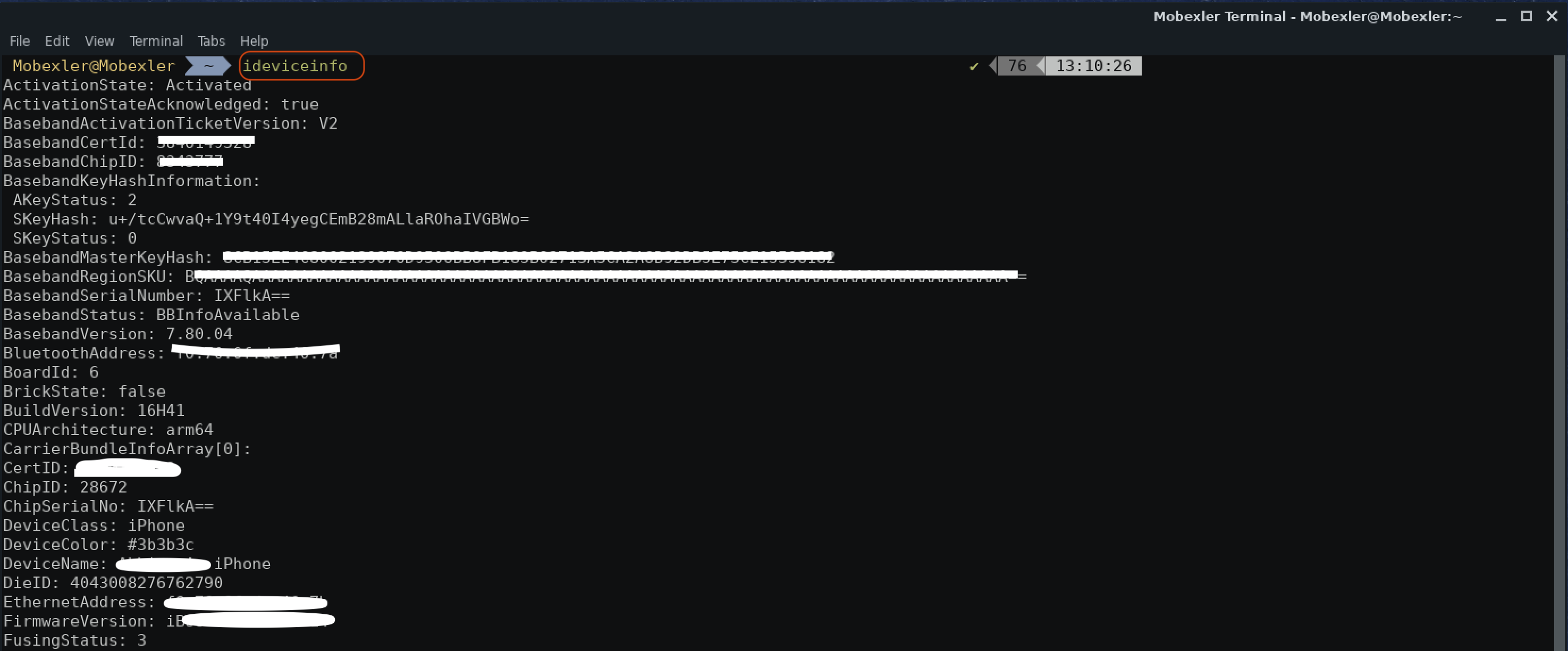
Setting Up Genymotion As a Test Device


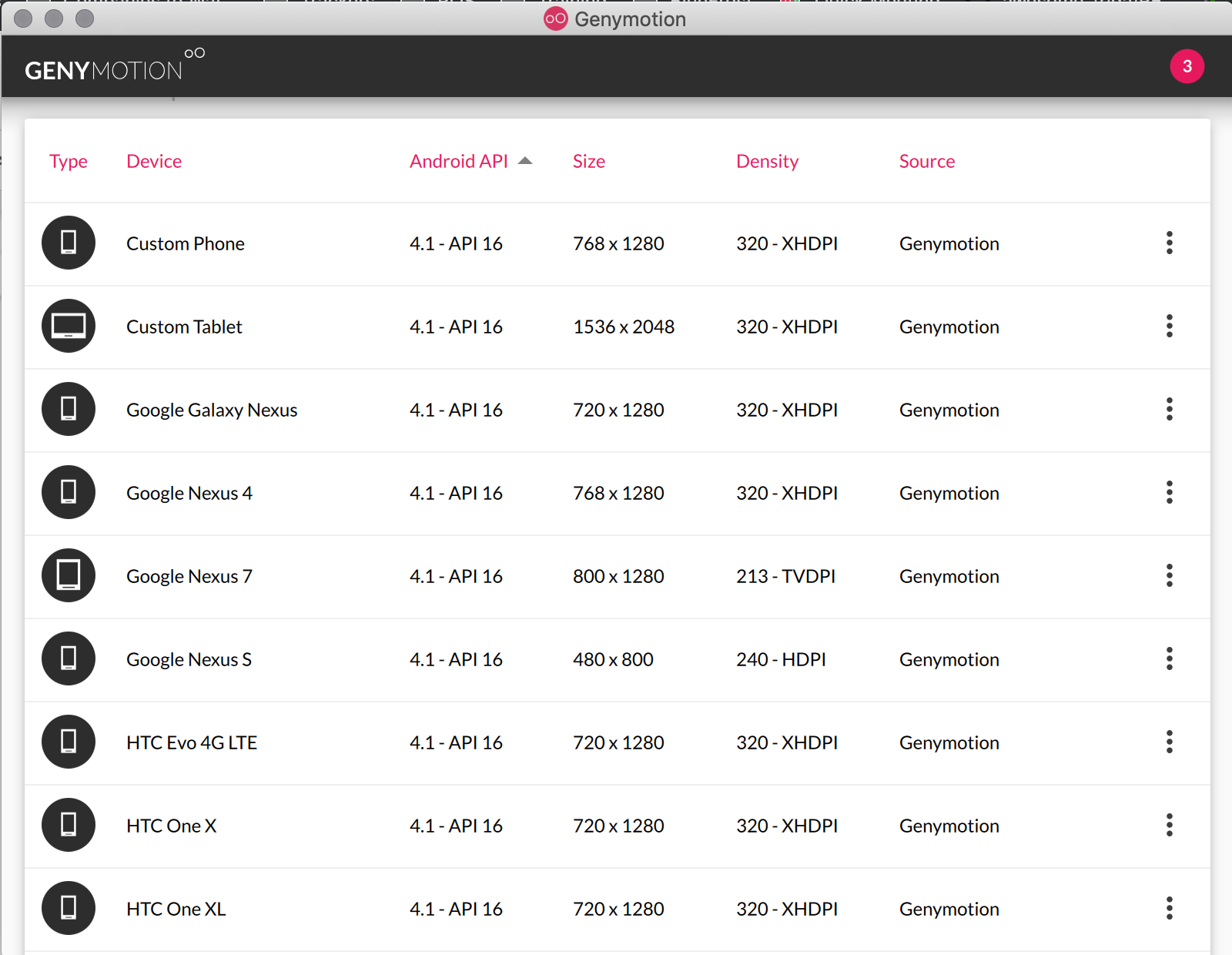

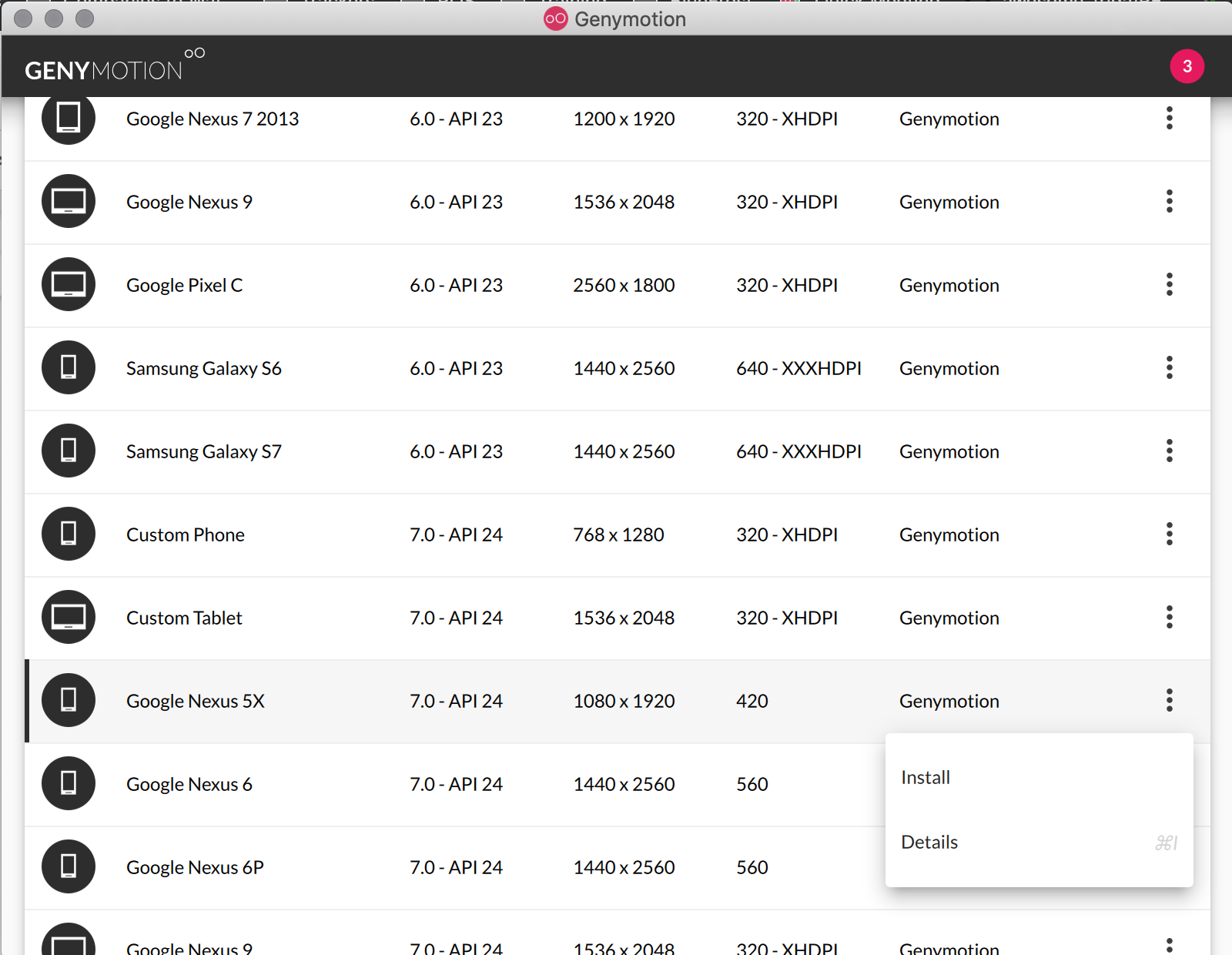

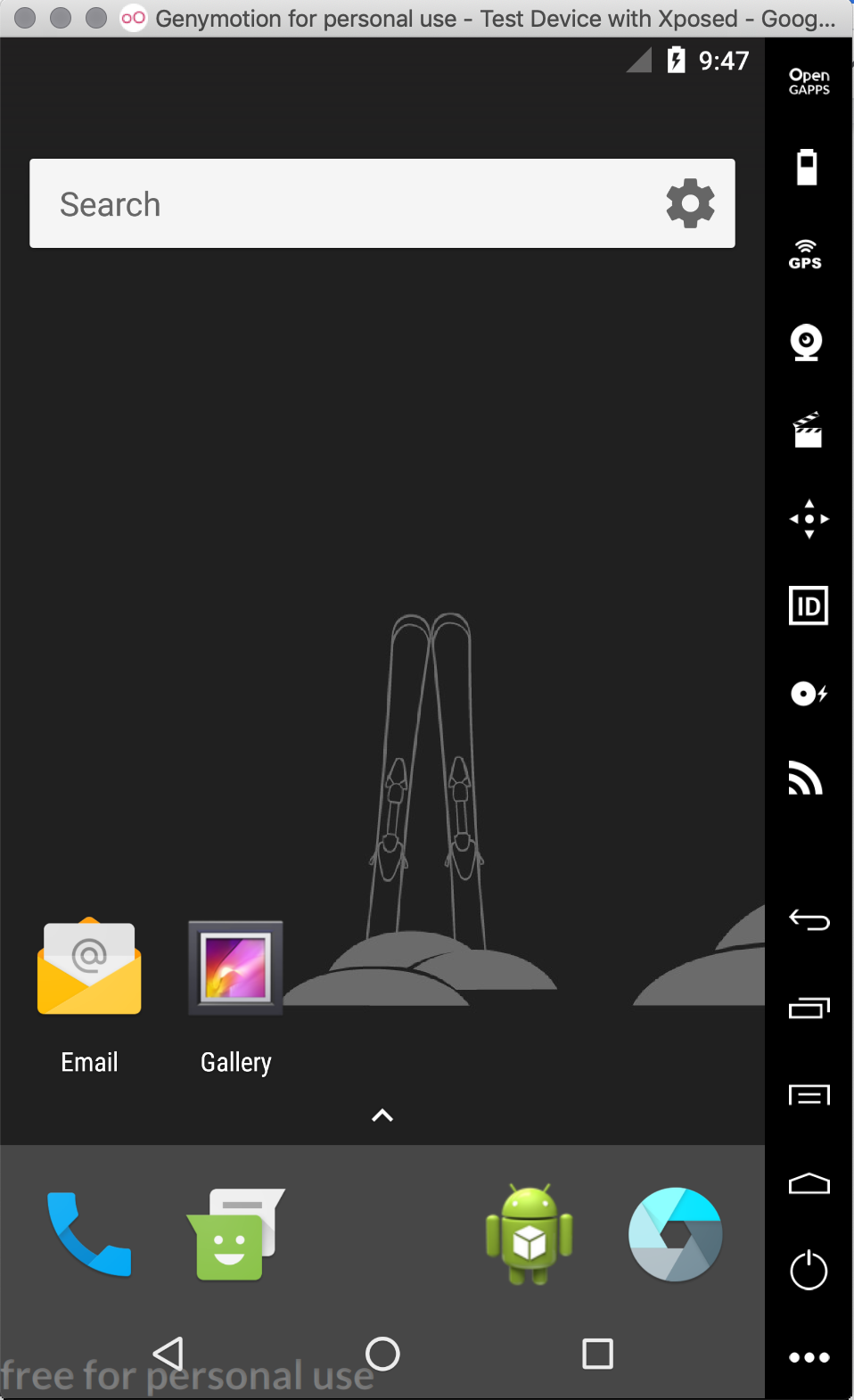

Link: Link: https://apkpure.com/search?q=wifi+adb
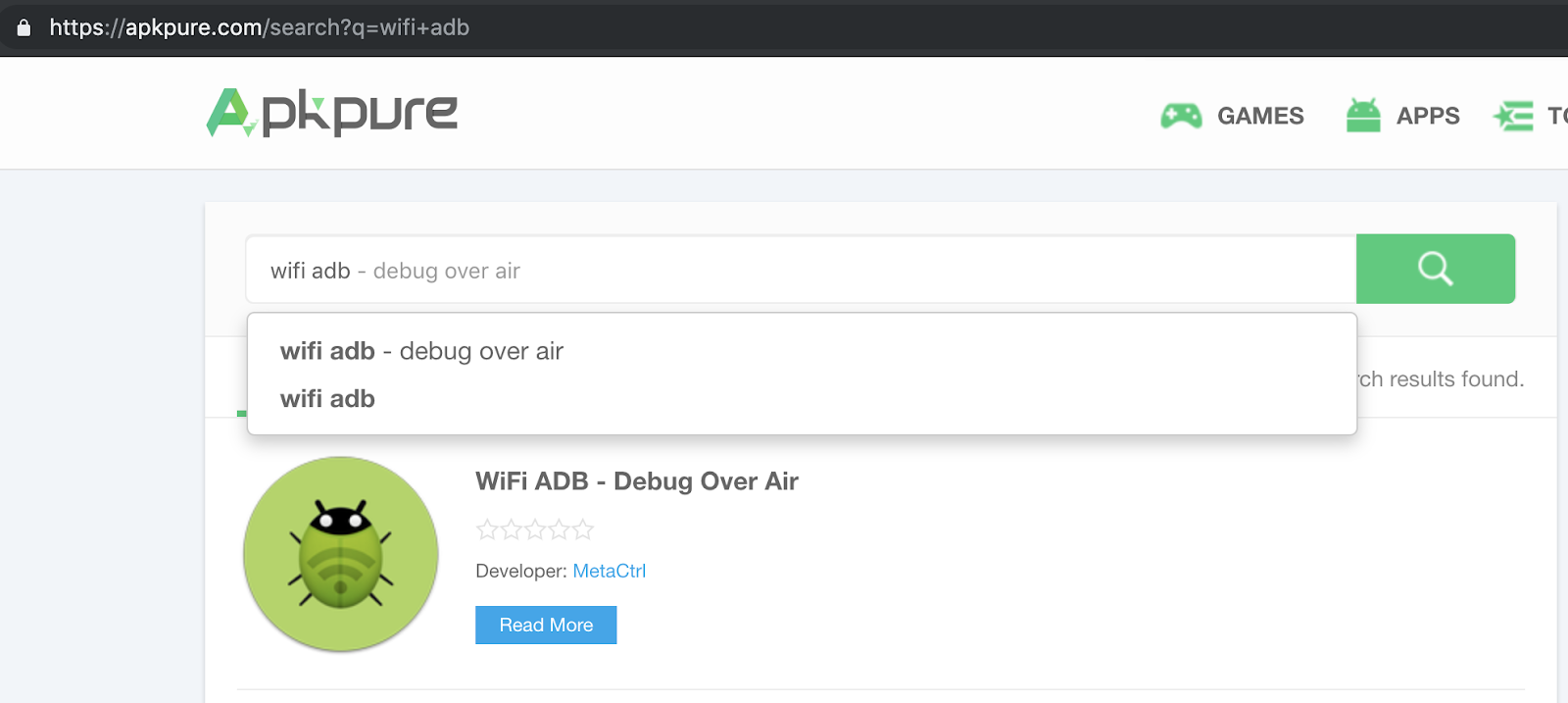

.png)






.png)
Integrating Corellium Virtual Devices With Mobexler


.png)


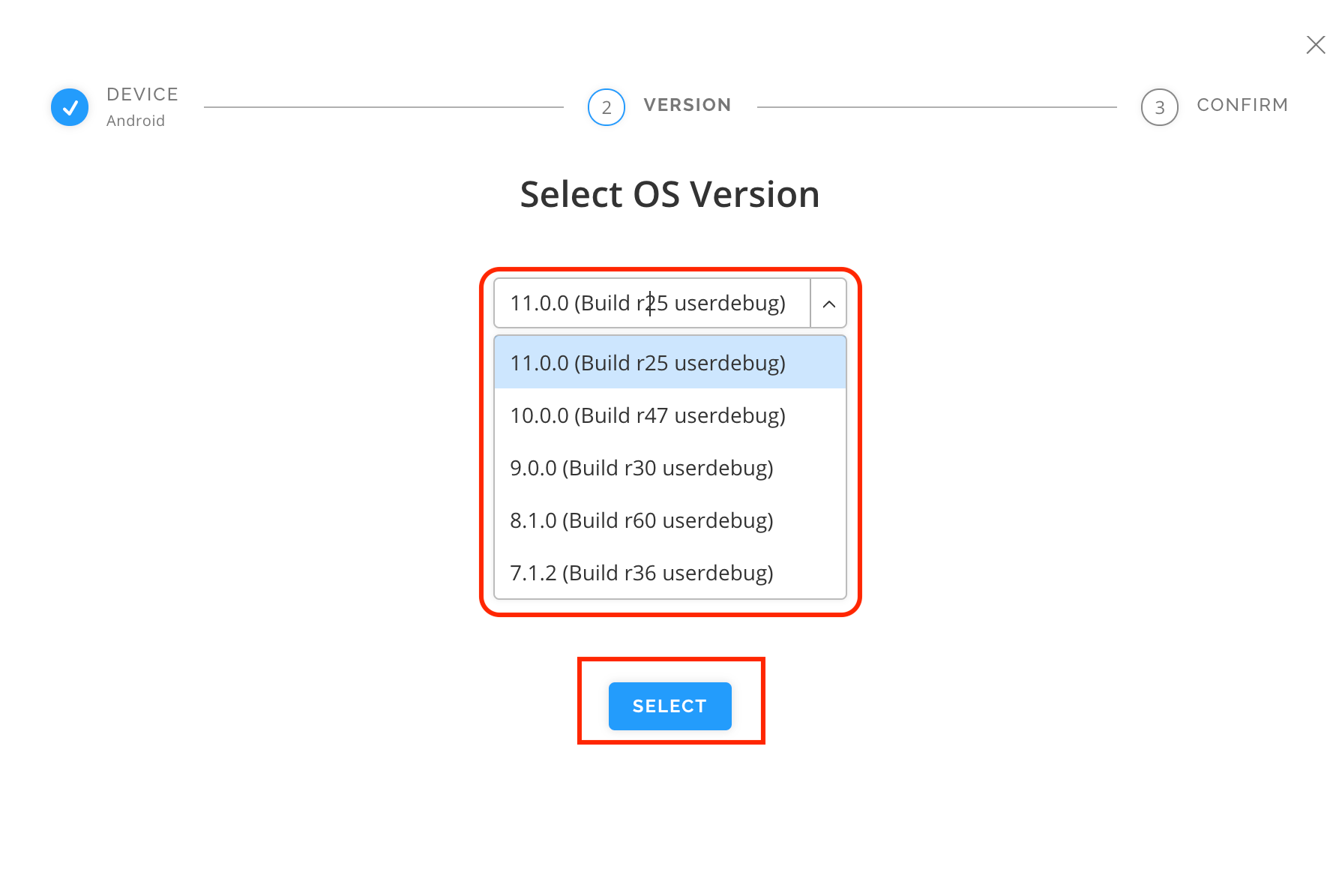

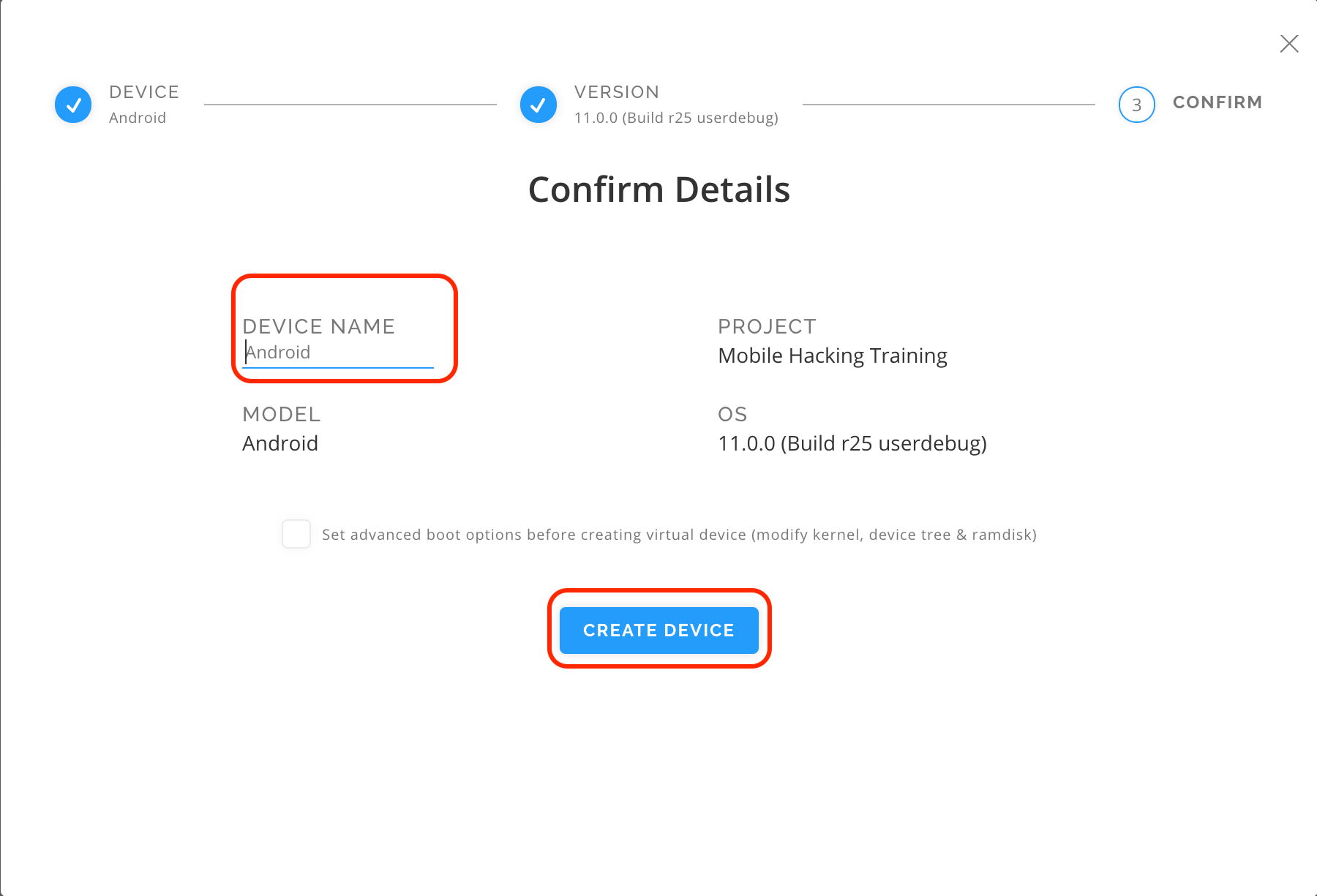

Connect to VPN $: sudo openvpn filename.ovpn
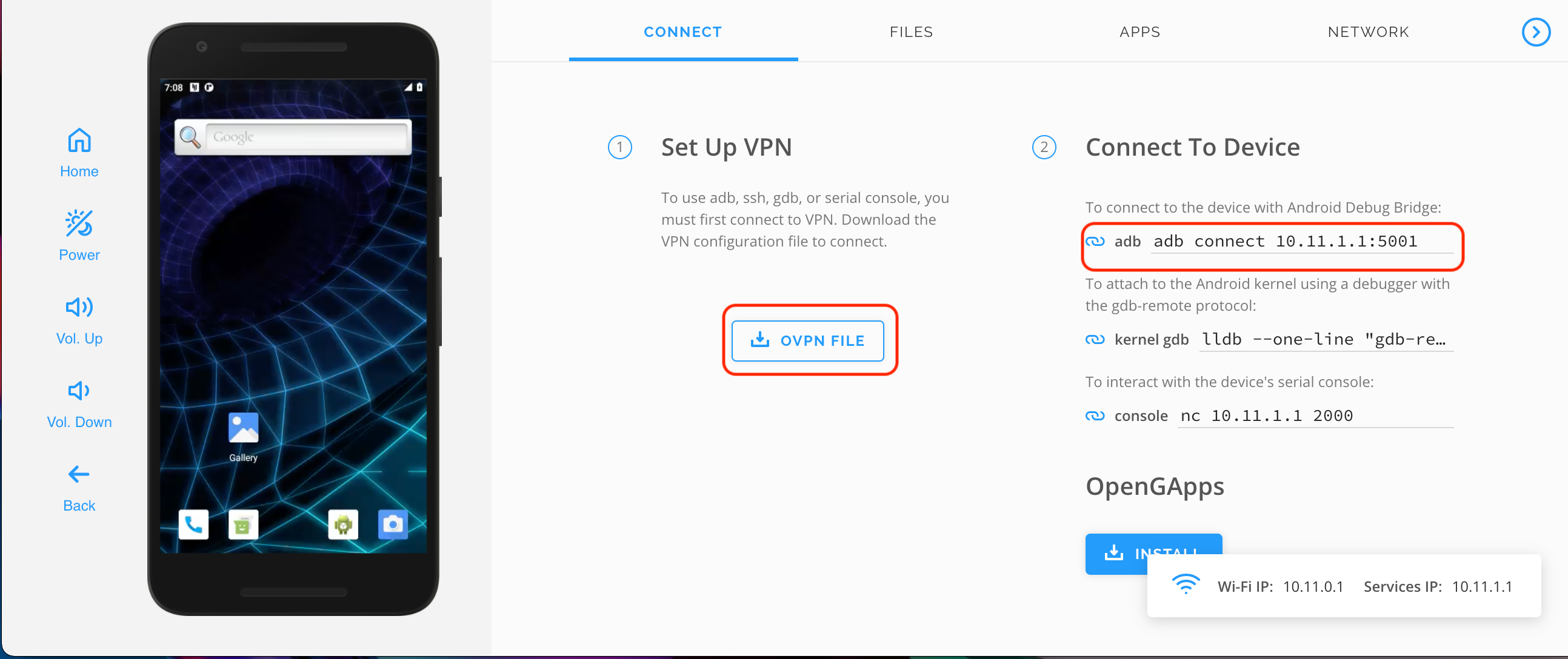
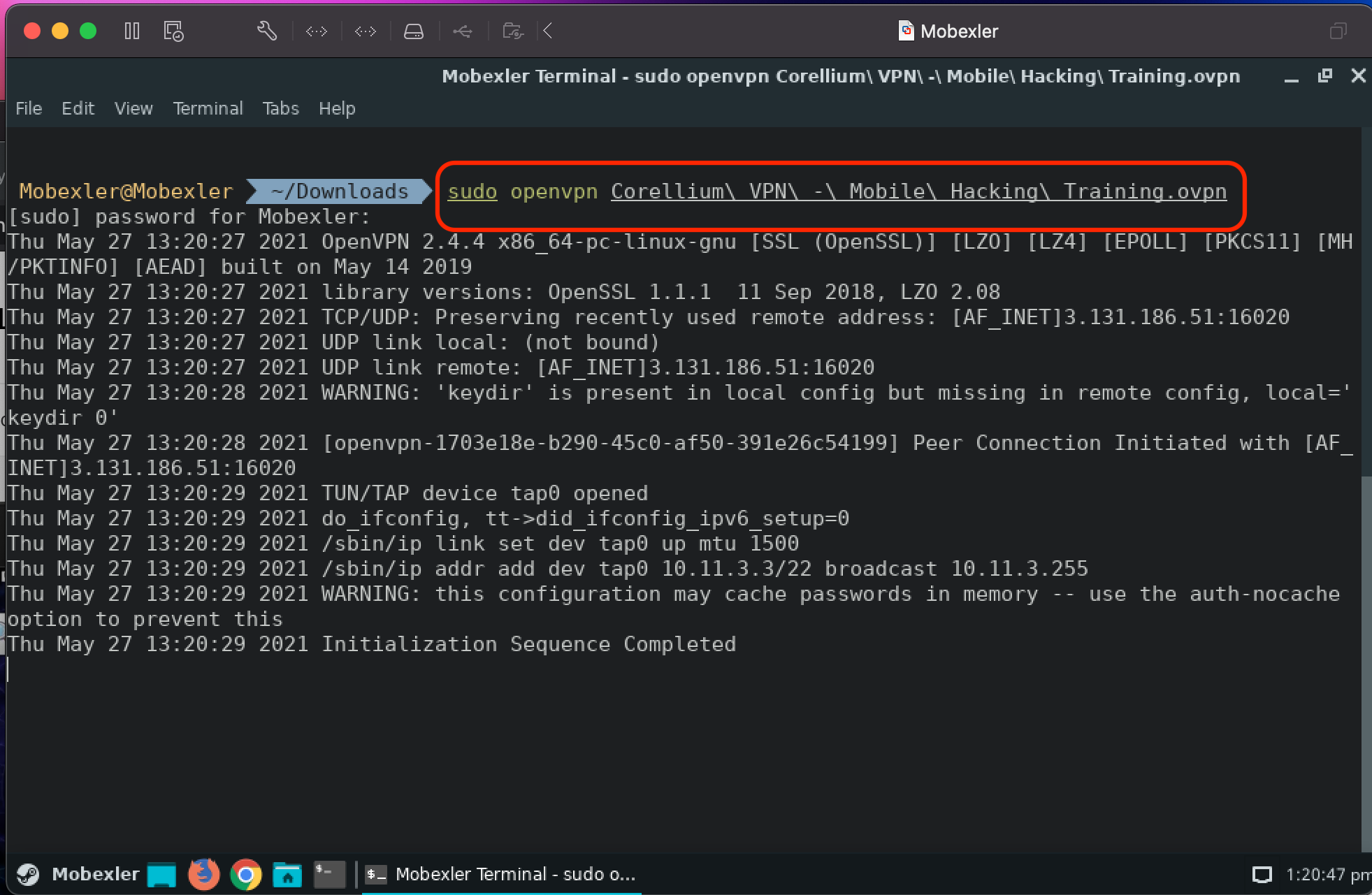


Integrating Corellium's Virtual iOS Devices With Mobexler
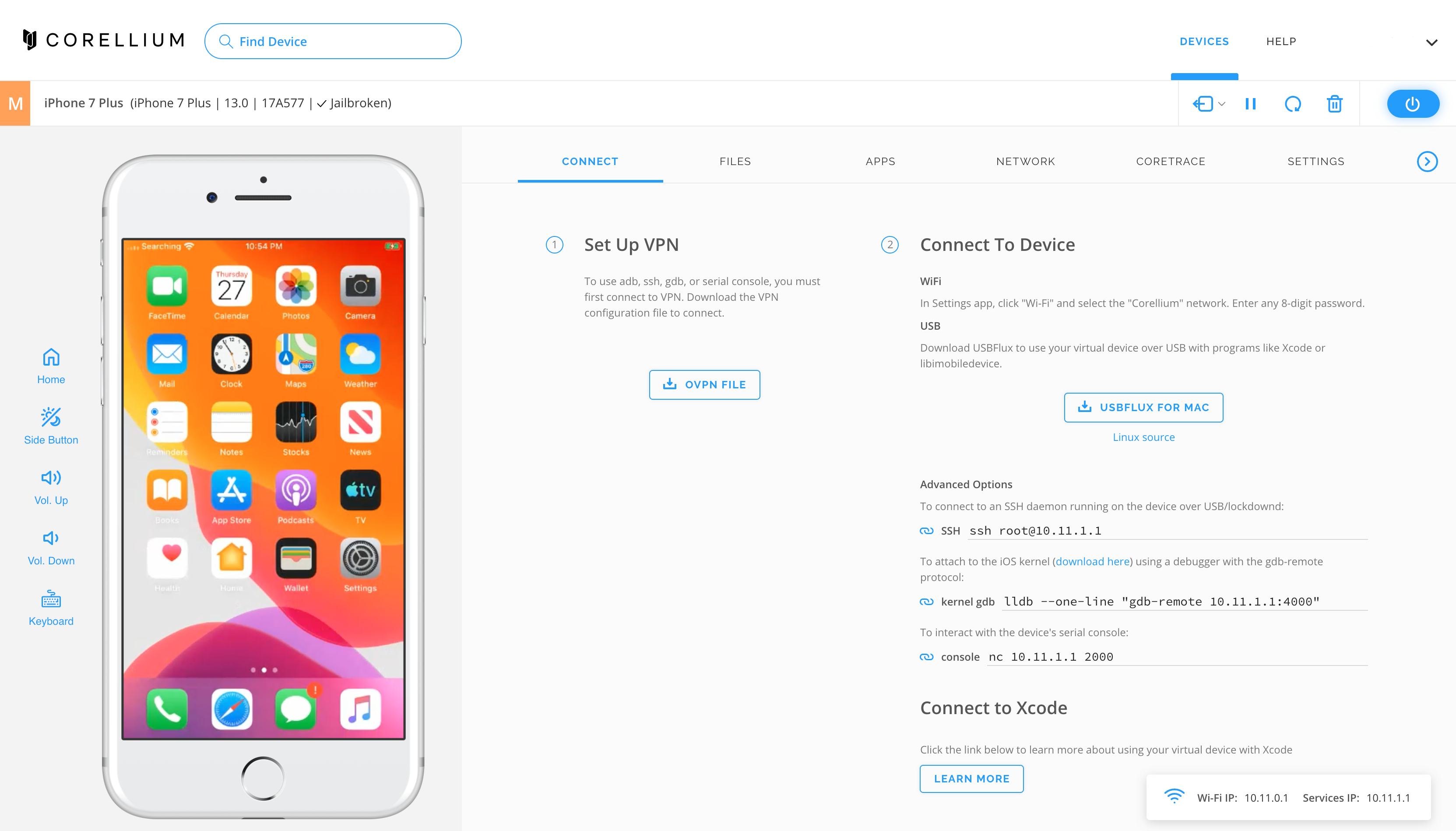







.svg)
Setting Up Penetration Testing Lab Using Mobexler(Video Content)
Credits and Thanks
Linux Lite
The Mobexler uses Linux Lite as its base, so a big shoutout to the Linux Lite team for creating a wonderful distro with stability and and awesome UI experience.
Open Source Community
Mobexler heavily uses open source project to help the mobile testing suite for Android and iOS. Thanks to the open source community for their contribution and support to these projects. Especially to all the creators of amazing open source security tools, which are a part of the Mobexler Platform.
Licenses
GNU General Public License
The Mobexler VM is licensed under the GNU General Public LIcense
Disclaimer
Mobexler is designed to be a free tool to help penetration testers perform mobile application security testing. ENCIPHERS will not be responsible for any illegal usage of this software, or any loss caused by using it, and thus holds no liability, whatsoever. USE AT YOUR OWN RISK.

.webp)


.svg)

.svg)
.png)